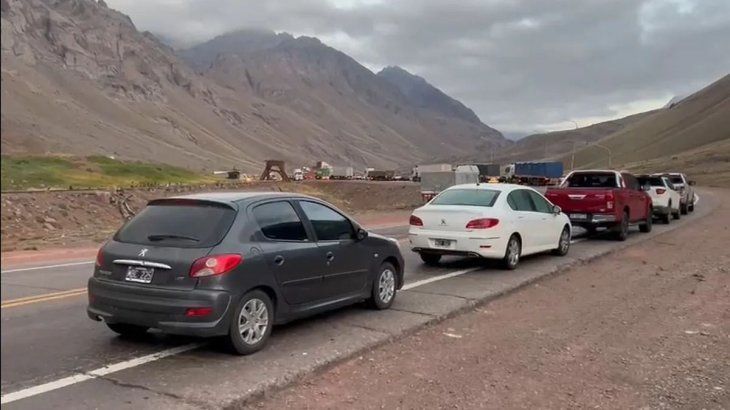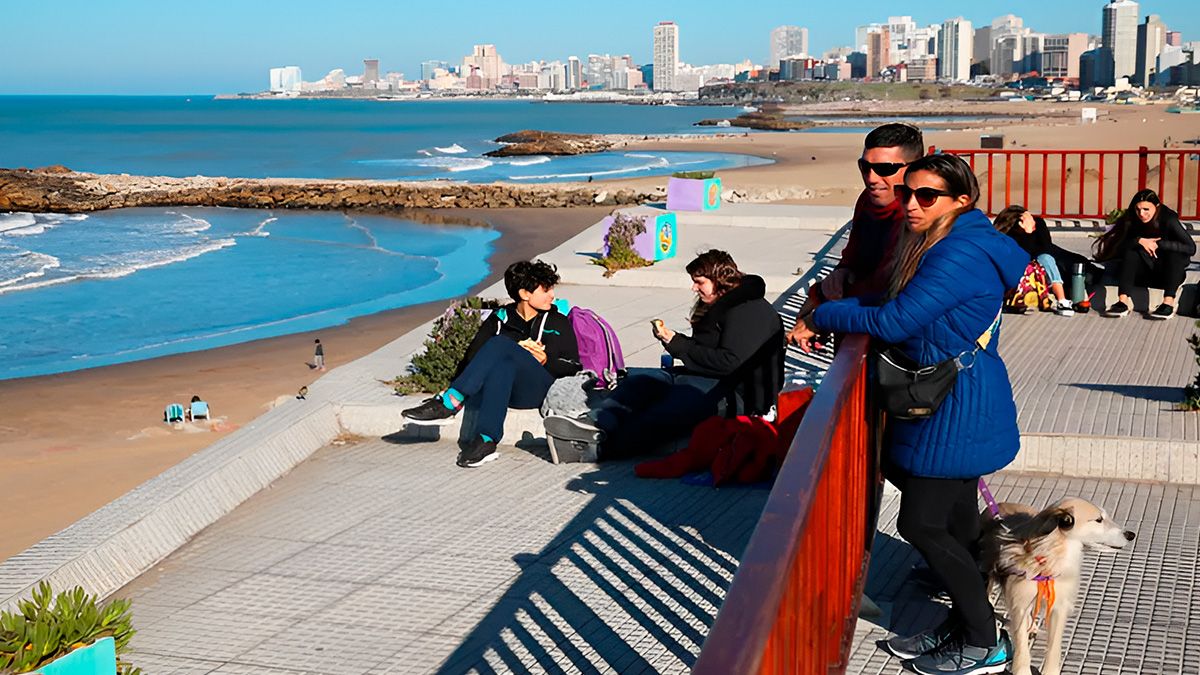The first long weekend October moved the country again. According to data from the Argentine Confederation of Medium Enterprises (CAME), 1,440,000 tourists They traveled to different national destinations, a 2.1% more than on the same holiday in 2024. The sun, the proximity of summer and the simple desire to “break the routine” did their thing.
However, the data that marked the pulse of the weekend was different: stays were shortened. Tourists spent on average two nights away from homecompared to 2.4 last year. A trend that confirms the new map of Argentine tourism: shorter trips, planned at the last minute, but without sacrificing consumption.
“It was a very healthy movement for regional economies, which reflects the sector’s ability to adapt to the context,” CAME noted. In total, tourist spending reached $262,627 milliona 16.2% less in real termsbut still with good dynamism in gastronomy, accommodation and transportation.
The classics that don’t fail
Among the most chosen destinations, Puerto Iguazú, Córdoba, Termas de Río Hondo, Villa Elisa, Tandil, El Chaltén, Mar del Plata, Mendoza and the City of Buenos Aires They once again led the rankings.
On the Atlantic coast, Mar del Plata received more than 100,000 visitorsincluding the finalists of the Buenos Aires Games, who took over plazas and restaurants. Tandil, faithful to its mountain and gastronomic style, achieved 70% occupancywhile Chascomús and Villa Gesell also enjoyed a sustained flow of short breaks.
Córdoba, for its part, showed off with 85% average occupancywarm weather and mountain festivals that invited you to enjoy the outdoors. In Calamuchita and Traslasierra It was almost full, with tourists from Buenos Aires, Santa Fe and Rosario who took advantage of the good weather.
the mills reservoir
Dique los Molinos Reservoir is located in Valle de Calamuchita near Villa General Belgrano
In the north, Jujuy reached 73% hotel occupancydriven by the Quebrada de Humahuaca and its cultural festivals. Jump and Catamarca They maintained their rhythm, combining nature, gastronomy and regional festivals. And in Patagonia, El Calafate, El Chaltén and Peninsula Valdés They were perfect postcards of southern spring: nature, adventure and high occupation.
CABA and Mendoza, urban queens of the long weekend
The City of Buenos Aires once again showed tourist muscle with an average occupancy of 70% and more than 100,000 visitorssecond best record of the year. With a full agenda – from the “Onegin” ballet at the Colón to the Creamfields festival – the capital established itself as a magnet for cultural and gastronomic getaways.
Meanwhile, Mendoza It maintained its attractiveness despite the lower entry of foreigners. With 60% average occupancythe capital, San Rafael and Luján de Cuyo received national visitors who enjoyed wineries, walks through the vineyards and the Emetur agenda. “The interest in traveling is sustained, although with more rational consumption,” they admitted from the wine sector.
The phenomenon of trips to Chile
One of the most striking phenomena of the weekend was the exodus to Chile. Long lines at the Cristo Redentor (Mendoza) and Cardenal Samoré (Neuquén) passes reflected the impact of the exchange rate and price differences in clothing, electronics and supermarkets.
“Many families crossed to take advantage of the offers,” Migration sources said. The traffic was so intense that controls were reinforced and waiting times exceeded three hours at some times.
Chile crossing collapse

D.D.
Digital tourism and new customs
Travel platforms confirmed the “last minute effect.” Booking, Take off, Almundo and Atrápalo registered a sharp increase in searches since the Tuesday before the holiday. The most clicked destinations: Buenos Aires, Bariloche, Iguazú, Mendoza and Salta.
On international trips, Rio de Janeiro He was the favorite again. “There was a change in habit: the tourist plans with little advance notice, but continues looking for experiences,” they explained from the sector.
The movement was also reflected in Platform 10which reported a peak in sales in tickets to Córdoba, Mar del Plata, Rosario and Mendoza.
A break before summer
The January-October balance leaves an encouraging picture: more than 10.2 million tourists traveled during the six long weekends of 2025, generating an economic movement of $2.36 billionequivalent to US$1.67 billion.
Domestic tourism, with its federal and local character, continues to be one of the engines of regional economies. From the Corrientes estuaries to the Córdoba mountain ranges, passing through Patagonia and the Cuyo valleys, the Argentine tourist map kept the low season alive.
Summer thermometer: reservations and expectations
The weekend also functioned as a preview of what is to come. Many travelers took advantage of the getaways not only to rest, but to test destinations and book the summer. “October is the month where the season begins to be decided,” CAME highlighted.
And although the economic context invites us to take care of our pockets, the passion for traveling seems unalterable. In the words of a Córdoba operator, “The Argentine may adjust days, but he will not give up the trip”.
Source: Ambito




